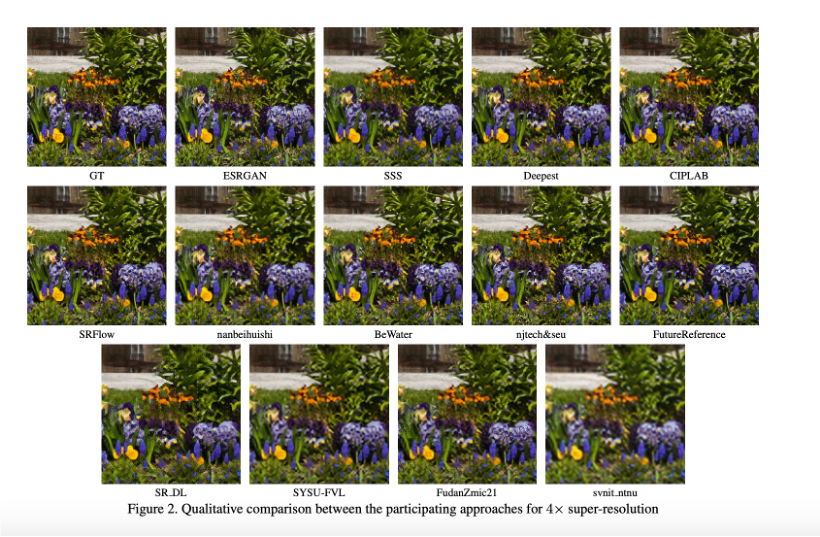Noise Conditional Flow Model for Learning the Super-Resolution Space
Fundamentally, super-resolution is ill-posed problem because a low-resolution image can be obtained from many high-resolution images. Recent studies for super-resolution cannot create diverse super-resolution images. Although SRFlow tried to account for ill-posed nature of the super-resolution by predicting multiple high-resolution images given a low-resolution image, there is room to improve the diversity and visual quality. In this paper, we propose Noise Conditional flow model for Super-Resolution, NCSR, which increases the visual quality and diversity of images through noise conditional layer. To learn more diverse data distribution, we add noise to training data. However, low-quality images are resulted from adding noise. We propose the noise conditional layer to overcome this phenomenon. The noise conditional layer makes our model generate more diverse images with higher visual quality than other works. Furthermore, we show that this layer can overcome data distribution mismatch, a problem that arises in normalizing flow models. With these benefits, NCSR outperforms baseline in diversity and visual quality and achieves better visual quality than traditional GAN-based models. We also get outperformed scores at NTIRE 2021 challenge.
PDF Abstract


 Unsplash2K
Unsplash2K
 DIV2K
DIV2K